By: Joe Holz, Director of Sales | Originally Posted: Feb. 10, 2018 | Updated: June 6, 2022 ____________________________________________________________________________________________
There is a plethora of submerged aquatic plant species. Some may be more prevalent in certain areas than others. Submerged aquatic vegetation are plants that completely under water and they typically have a root system in the bottom sediment. They require the water for physical support of the plant structure.
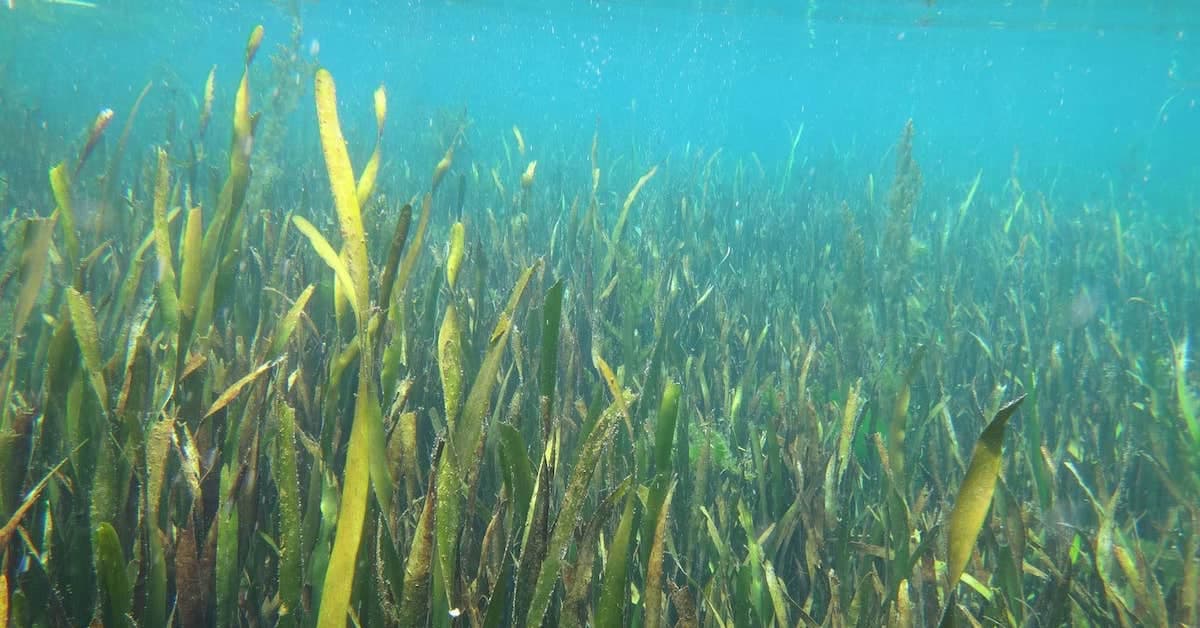
The difference between desirable submerged aquatic plants and undesirable varieties is personal taste (how they look) and balance. However, a beautiful plant that takes over the entire pond can quickly turn from one that is pleasant to one that needs to be killed off. Keeping plant species in check and in balance will create a beautiful pond setting. Below are some common submerged aquatic plants and some information about them.
Muskgrass (Chara spp.)
Muskgrass is a form of erect algae. It is great for ponds with excessive nutrients because it uses up a large amount of nutrients. Additionally, provides food and shelter for fish and other organisms. It can look like several other aquatic plants, but a way to tell it apart is to break the thin straw-like stem. Since it is a single celled stem, if you break it, the entire stem will turn flaccid. It also has a strong garlic smell to it. As with many other plants, Muskgrass is good in moderation.
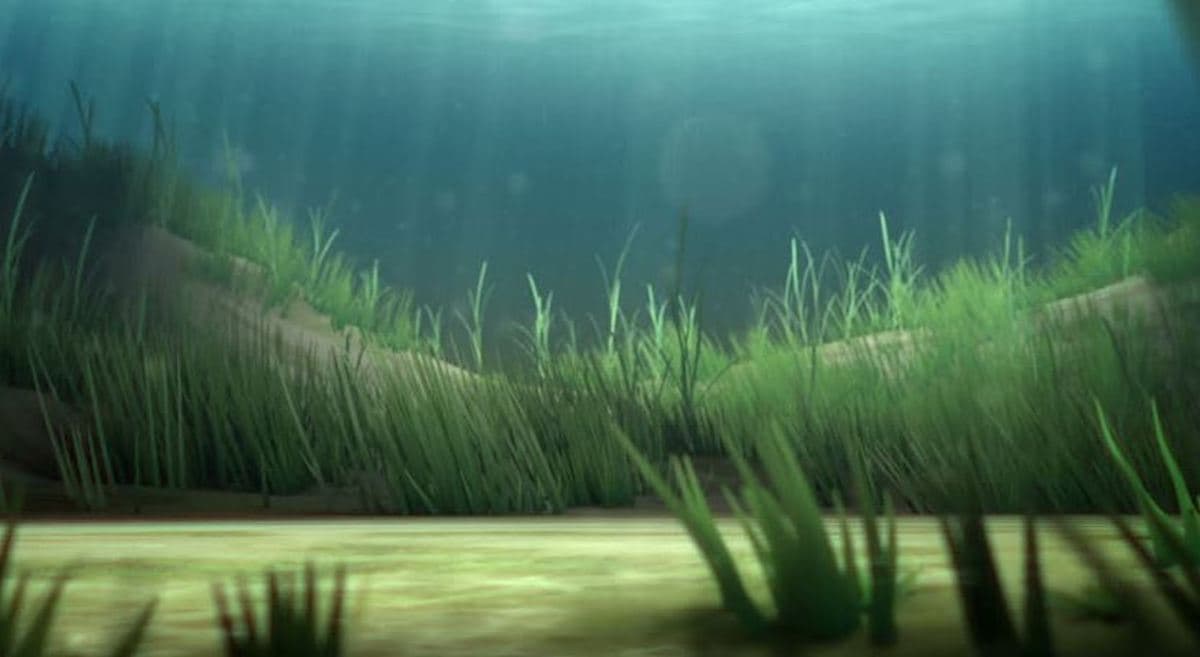
Pondweed (Potamogeton)
Pondweed is a thin leafed aquatic plant and is native to many areas. Some consider it a floating plant because as it gets older, it grows surface leaves. This plant can serve as a food source and shelter for organisms, and it produces oxygen. Since Pondweed is native, it is not as invasive as non-native plants, but it must be monitored so it does not take over the pond.
Eurasian Watermilfoil (Myriophyllum spicatum)
Eurasian Watermilfoil is not native to the US, so it is an extremely invasive species. There are strict regulations for boats in lakes that contain Eurasian Watermilfoil because small pieces that break off can stick to boats and trailers and then re-root in other bodies of water. The leaves are feather-like and are limp when out of water. They are also arranged in circles of 3 to 5 around a long, spaghetti stem with the top of the stem often being a reddish color. These plants can grow over 10 feet tall.
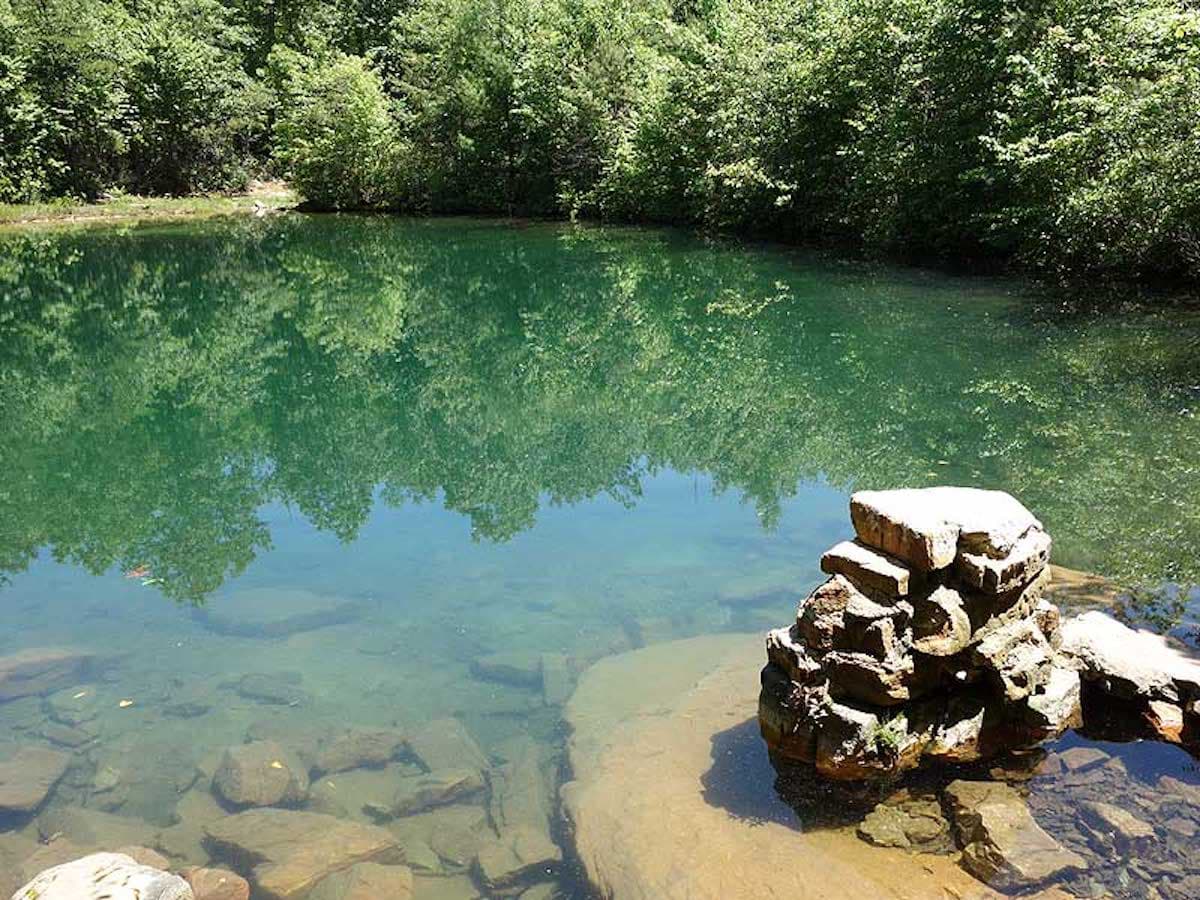
Bladderwort (Utricularia purpurea)
Bladderwort is an aquatic plant that can live in ponds with limited nutrients available. It is a carnivorous plant. It can look like an unorganized mess in your pond, but it eventually comes together to form a “starfish” shape and then shoots up yellow flowers. The bladders hang below the flowers, along the stem and open to catch small organisms such as zooplankton. Bladderwort can be a nuisance if it takes over a pond and since it isn’t dependent on nutrients, it can spread rapidly.
Hydrilla (Hydrilla verticillate)
Hydrilla is an undesirable aquatic plant with long, branching stems and feels brittle to the touch. It often fragments and form long floating mats. It produces tiny white flowers in the early fall and can be differentiated from Elodea or Egeria with its sharp toothed leaf margins. Hydrilla can grow in shallow or deep water and can quickly spread throughout a body of water.
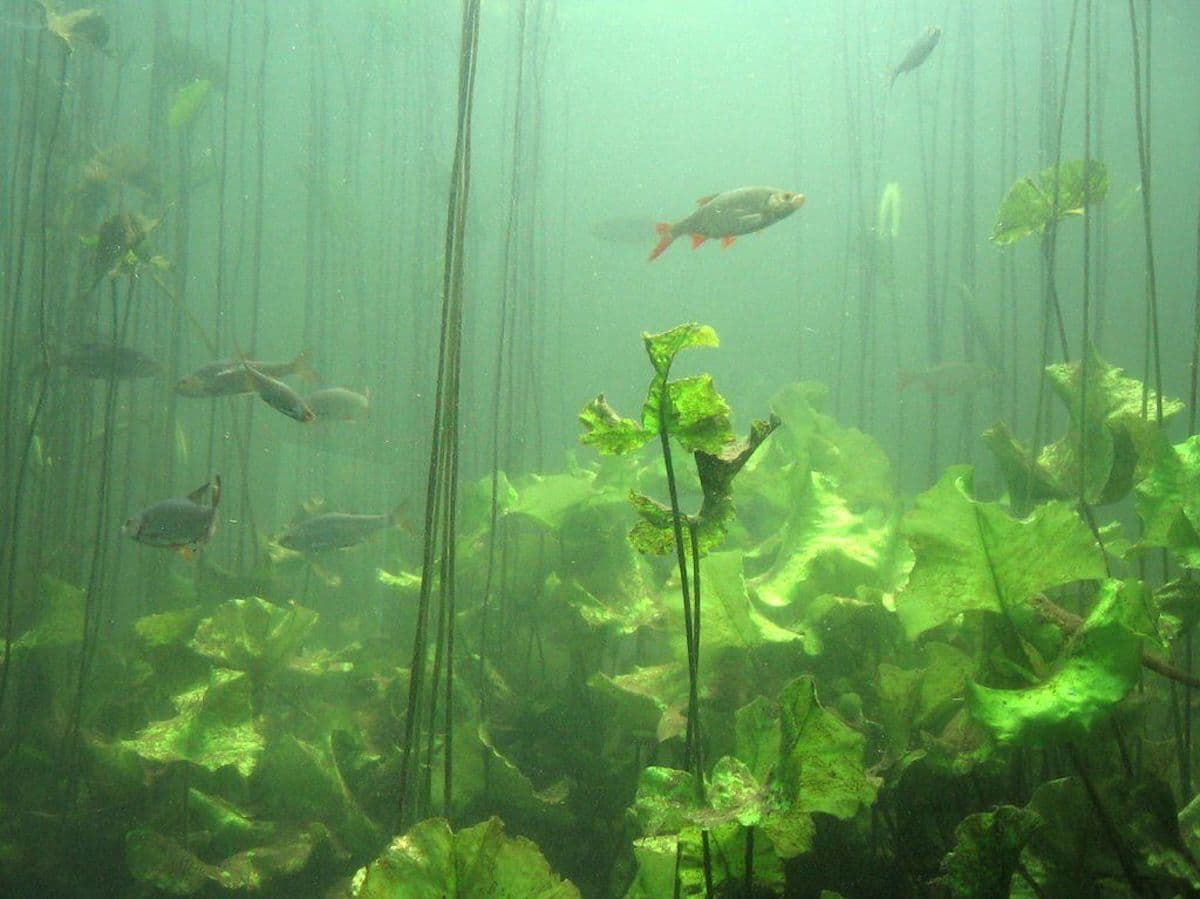
Common Waterweed (Egeria densa)
Common Waterweed is branched and has a long, narrow stem with dense leaves found in whorls of 4. The leaves can be oblong or linear and are very fine toothed. It produces white flowers with yellow anthers. As with many aquatic weeds, it needs to be controlled to prevent it from overtaking your pond.
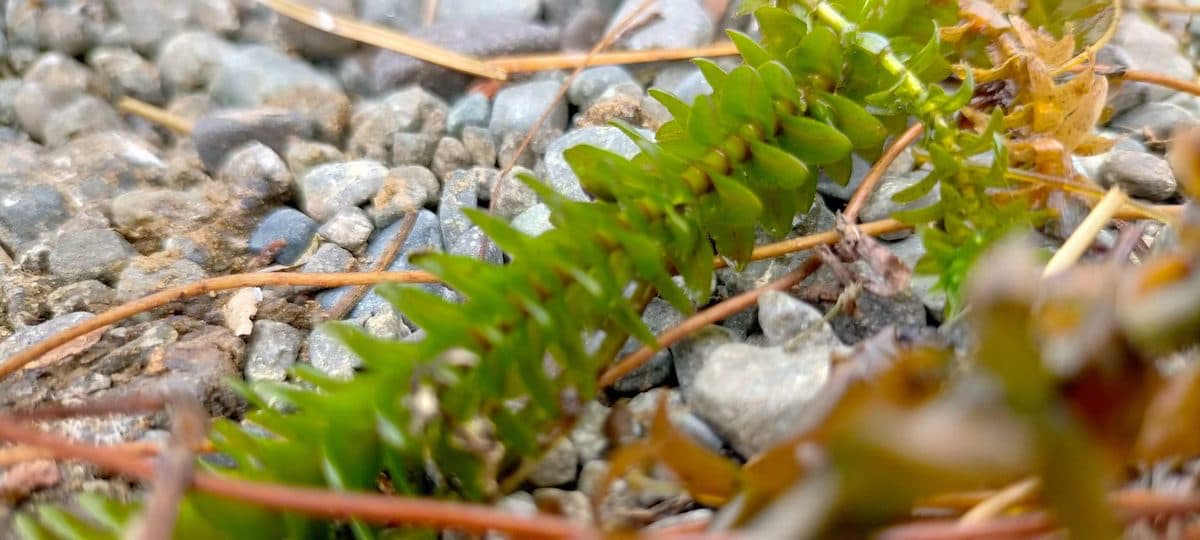
Elodea (Elodea canadensis)
Elodea is commonly confused for Hydrilla or Egeria but is much smaller in size. The leaves are bright green in whorls of 3 and are elliptic to oblong. Small white flowers are produced from mid-summer to fall. It needs to be kept in check to limit spreading.
Coontail (Ceratophyllum demersum)
Coontail is a submersed aquatic plant, but it does not have any root structure. The feathery, fan shaped leaves are arranged in whorls with small teeth and resembles a raccoon tail. Coontail can grow very tall (15 feet) and occur in deep water areas. Since Coontail is free floating, it can be difficult to control the spread.
If you have any questions, please email us or call 715-262-4488.
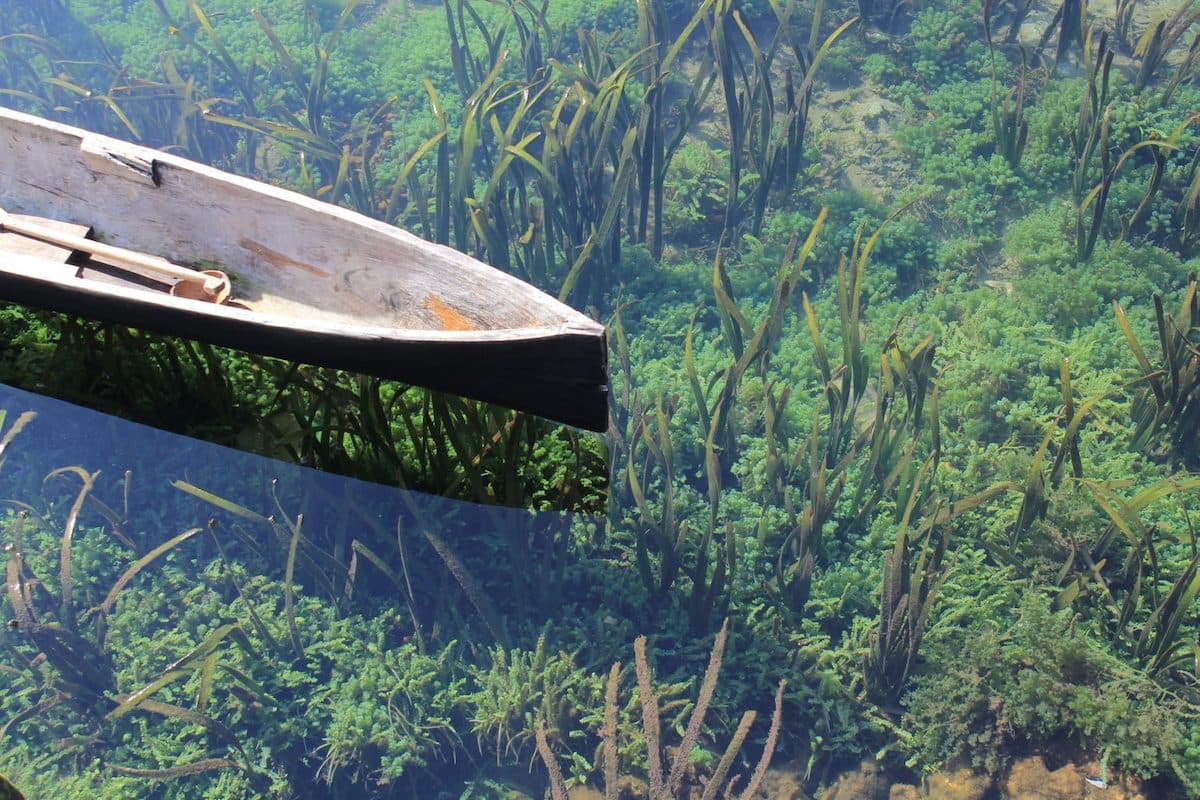
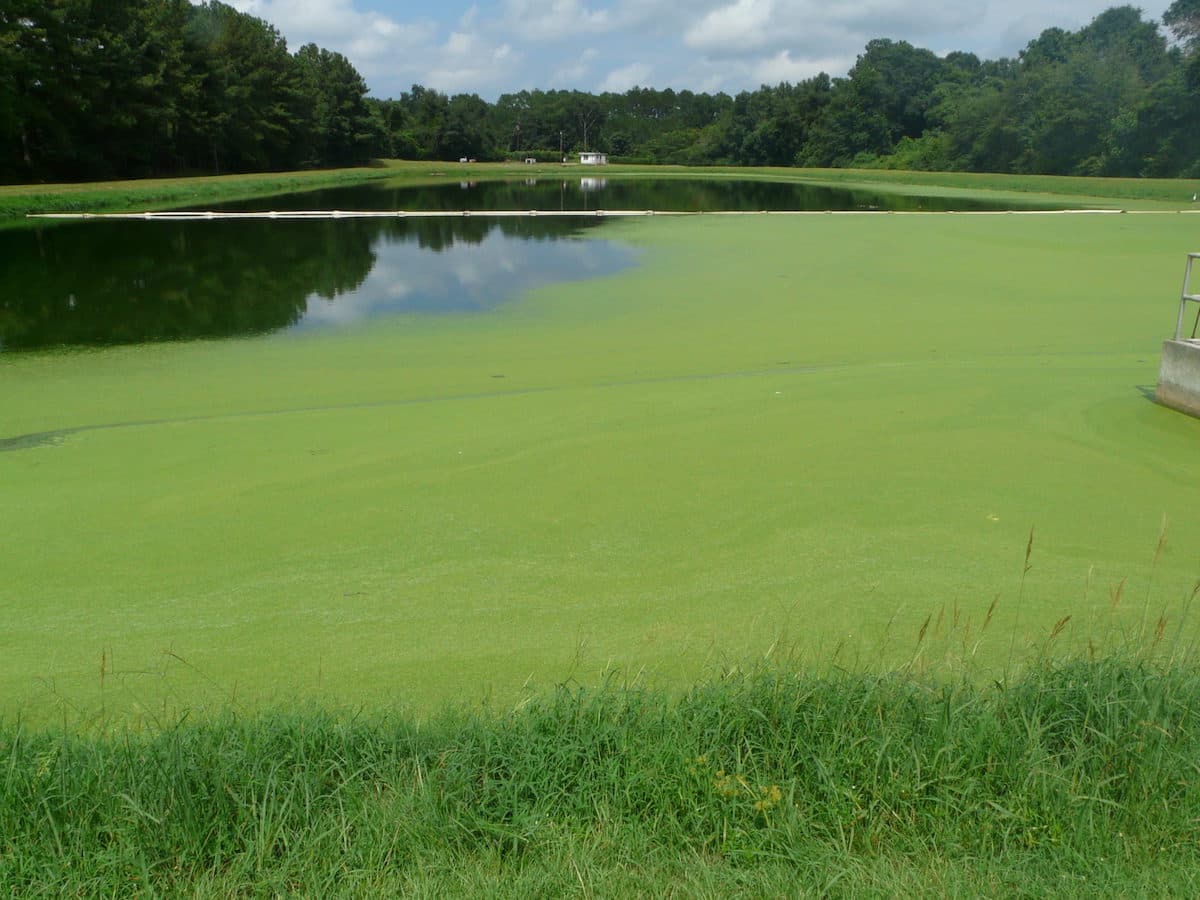 Common Floating Plant Identification
Common Floating Plant Identification
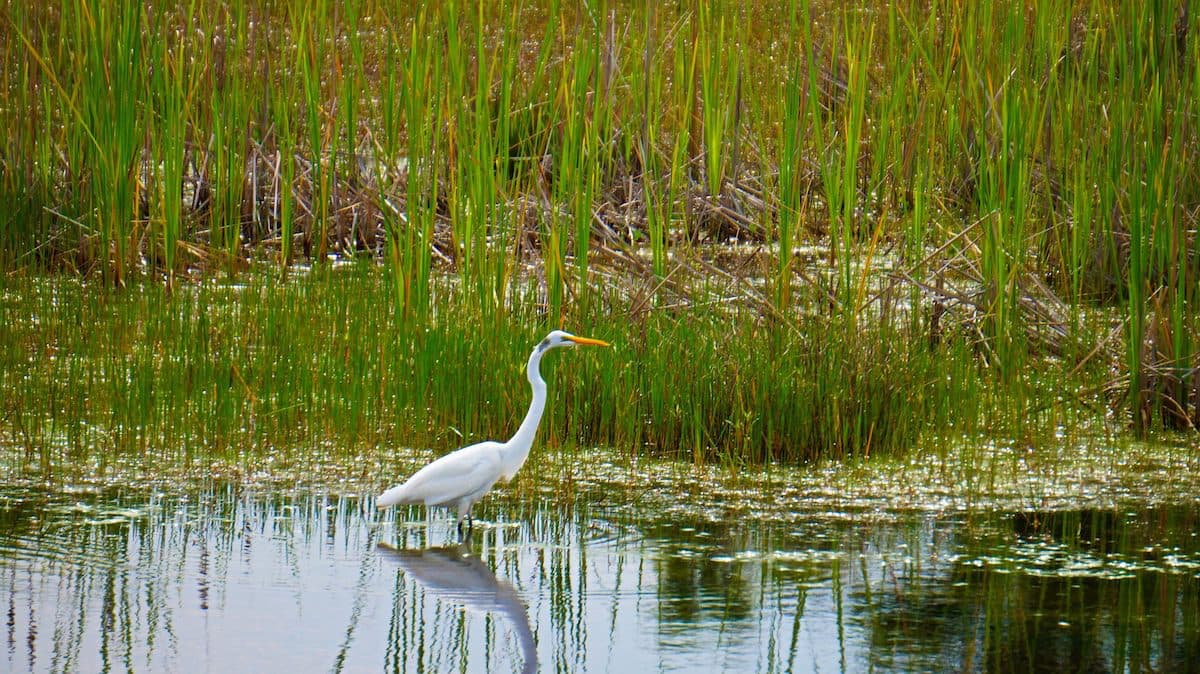 Common Emergent Aquatic Plants
Common Emergent Aquatic Plants
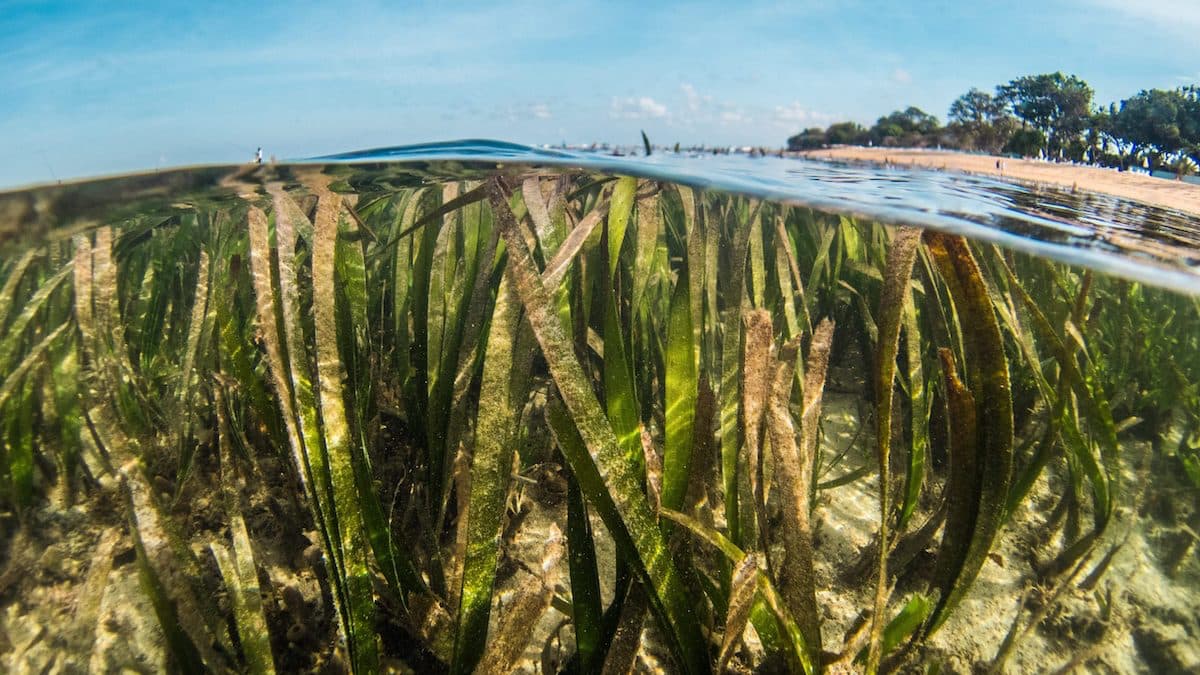 3 Types of Aquatic Plants to Watch for This Spring
3 Types of Aquatic Plants to Watch for This Spring